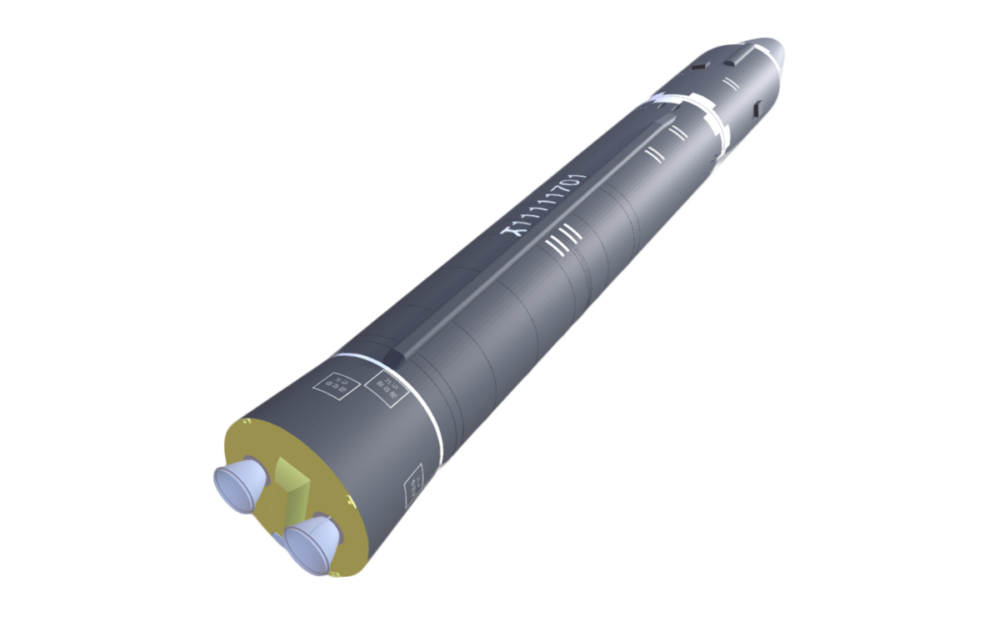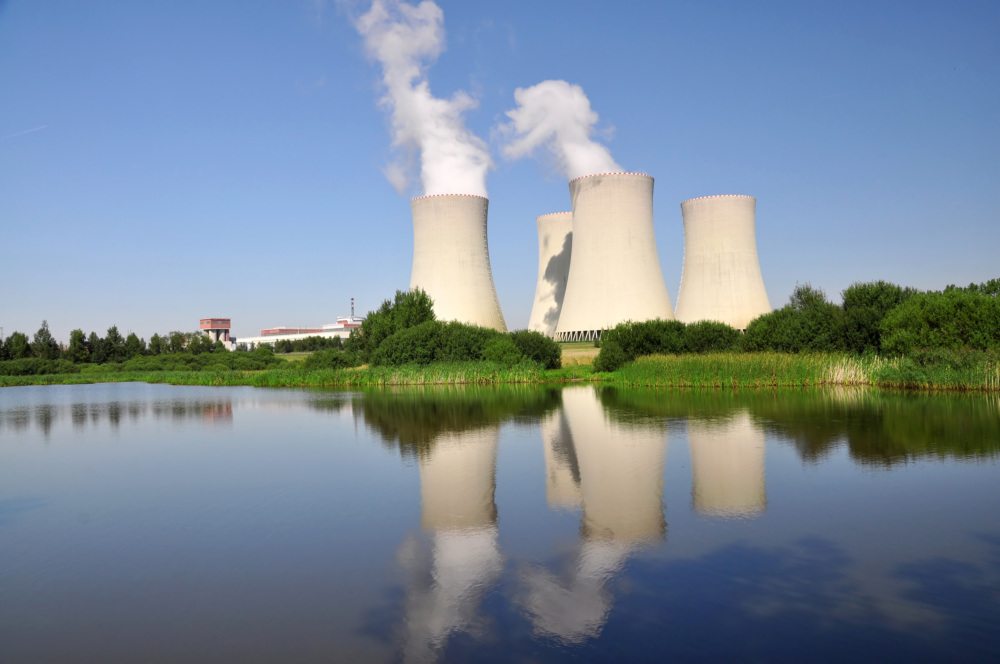
The CNS North Korea Missile Test Database
A collection of missile tests including the date, time, missile name, launch agency, facility name, and test outcome.
The United Arab Emirates (UAE) is a member in good standing of all of the relevant nonproliferation treaties, organizations, and regimes, and is not known to possess programs for the development of nuclear, chemical, or biological weapons, or their delivery systems. Currently pursuing a peaceful nuclear program, the UAE is often referred to as a model for nuclear newcomers.
In addition to joining many of the major nonproliferation treaties, the UAE has pledged support to a number of ad hoc initiatives, including the U.S.-led Proliferation Security Initiative (PSI). 1 Most significantly for proponents of nonproliferation, the UAE made the unprecedented commitment in its April 2008 “White Paper” announcing its intention to evaluate peaceful nuclear energy and in subsequent October 2009 domestic legislation to permanently forego the acquisition of uranium enrichment and plutonium reprocessing capabilities. 2 This pre-existing domestic commitment by the UAE is also reflected in its 2009 123 nuclear cooperation agreement with the United States, whose language concerning no enrichment and reprocessing is often referred to in the U.S. policy community as the nonproliferation “Gold Standard.” The UAE has financially supported, in the amount of U.S. $10 million, the IAEA Low Enriched Uranium (LEU) Bank in Kazakhstan. 3
Concerned about the ambiguous nature of Iran’s nuclear program, the UAE’s security relies on close strategic partnerships with the United States and France. 4 The UAE has also purchased advanced conventional weaponry, such as missile defense systems, from its Western partners.
The UAE became a non-nuclear weapon state party to the Treaty on the Non-Proliferation of Nuclear Weapons (NPT) in 1995; concluding a safeguards agreement with the International Atomic Agency (IAEA) in 2003 and acceding to the IAEA Additional Protocol in 2010. 5 Although the country is rich in fossil fuels, the UAE government argues that “known volumes of natural gas that could be made available to the nation’s electricity sector would be insufficient to meet future demand.” 6 The UAE concluded that nuclear power is an “environmentally promising and commercially competitive” source that could contribute to the country’s “economy and future energy security.” 7 Therefore, the UAE rapidly moved forward with plans to build its first nuclear power plants and in 2009, signed a deal worth $20.4 billion with Korea Electric Power Corporation to construct four APR-1400 reactors. The first, the Barakah Unit 1, will become operational between 2019 and 2022. 8
The U.S.-UAE 123 nuclear cooperation agreement entered into force in December 2009, providing the necessary legal basis for any future nuclear commerce between the two countries. The agreement had significant precedent-setting potential; if the United States government treats future 123 negotiations similarly, nuclear newcomers could be required to accept the nonproliferation “gold standard” of foregoing enrichment and reprocessing capabilities in order to conclude a nuclear cooperation agreement with the United States. 9 However, as referenced in the “Agreed Minute,” should the U.S. negotiate a 123 agreement with another country in the Middle East with more favorable terms, the U.S.-UAE agreement can be renegotiated. 10 Controversy within the U.S. government over the gold standard remains, as U.S. policymakers debate whether or not to insist upon the gold standard in future negotiations with other states wishing to acquire nuclear technology. 11 Some officials, particularly those advocating for a nuclear agreement with Saudi Arabia, argue that a looser standard would make the United States a more competitive nuclear supplier with countries such as Russia and China. 12
With its many voluntary commitments, the UAE has set a positive nonproliferation example for other nuclear newcomer states. However, the UAE will need considerable foreign assistance and time to follow through on the nonproliferation pledges it has made. Without these, experts caution a “commitment-compliance gap” may emerge whereby the UAE lacks the institutional capacity to fully adhere to its commitments. 13 This is of particular concern in the area of nonproliferation export controls as the UAE only passed comprehensive nonproliferation export control legislation in 2007 and historically has been a major transit point for illicit transactions involving Iran and other neighboring countries. 14 The UAE has pledged its support for the Nuclear Suppliers Group’s export control guidelines, and cooperated with efforts to bar shipments of sensitive technologies to Iran. 15 However, the UAE has reportedly housed “hundreds of front companies and foreign trading agencies that actively procure dual-use items for entities in countries under sanction.” 16 Dubai’s territory was a known hub for the A.Q. Khan network which illicitly supplied nuclear technology to countries such as Iran, Libya, and North Korea. 17 While the UAE is making good-faith efforts to crack down on illicit trafficking, the development of robust export controls, border security, and related legal infrastructure requires significant time and resources.
The UAE faces capacity-building challenges in a number of areas beyond export controls. The nuclear program will require a significant long-term commitment to training domestic and regional personnel by the UAE and its foreign partners. In the meantime, the country will need to rely on foreign experts to ensure the safety and security of its nuclear program, a practice that some find problematic for the long-term sustainability of the program, while others note the additional transparency and access to the program foreign participation allow. In particular, the UAE depends heavily on foreign expertise in the highest management positions of the Emirates Nuclear Energy Corporation (ENEC) and its U.S.-modeled regulatory agency, the Federal Authority for Nuclear Regulation (FANR).
IAEA assessments of the UAE’s progress to-date have been favorable; with a December 2011 Integrated Regulatory Review Service team reporting that it was “impressed by the speed with which the UAE developed its regulatory framework and established a new regulatory body.” 18 In June 2013, the UAE and the IAEA signed an Integrated Work Plan to facilitate interaction between the IAEA and the UAE’s emerging nuclear power sector. 19 In 2016, the IAEA concluded that the UAE had undertaken “strong and sustainable nuclear security activities,” after completing a two-week advisory mission in the country. 20
The United Arab Emirates is a state party to the Biological and Toxin Weapons Convention (BTWC), and is not known to possess either biological weapons or programs for their development. 21
The UAE is taking a regional leadership role in biotechnology issues, and will therefore need to develop more robust export controls, biosecurity, and biosafety standards in order to mitigate the dual-use risks inherent to a large-scale biotechnology sector. 22 In 2005, His Highness Sheikh Mohammed Bin Rashid Al Maktoum, Prime Minister of the UAE and leader of Dubai, announced that Dubai would build the world’s first free-trade zone dedicated to biotechnology, with the intention of becoming the Middle East’s regional biotechnology hub and a venue for international collaboration. 23 After completing construction in 2010, the Dubai Biotechnology & Research Park (DuBiotech) now includes R&D, manufacturing, and conference space accommodating up to 160 laboratories. 24 With its promise of tax-free operation for at least fifty years and customs duty exemption on all goods and services, dozens of companies, including Pfizer, Amgen, Genzyme, and Merck, operate at DuBiotech. 25 26 Although the United Arab Emirates aspires to become a global biotechnology hub, the UAE is not a member of the Australia Group (AG). 27
The United Arab Emirates is not a party to the Hague Code of Conduct Against Ballistic Missile Proliferation or the Missile Technology Control Regime (MTCR), but asserts that it abides by MTCR guidelines. 28 However, in 1998 the UAE purchased an undisclosed number of Black Shaheen cruise missiles, which exceed MTCR capability limitations, from France and the United Kingdom. 29 The deal drew protests from the United States, who eventually conceded that “MTCR members have not always agreed with each others’ interpretation of the MTCR guidelines.” 30
Despite its objections to the Black Shaheen deal, the United States has a significant strategic relationship with the UAE and has supplied it with numerous defensive systems. 31 On 25 December 2011, the United States and the UAE signed an arms deal worth $3.48 billion dollars that included two Terminal High Altitude Area Defense (THAAD) systems, 96 missiles, two radar systems, spare parts, and training, making the UAE the first international recipient of the THAAD system, which is reportedly capable of “destroying incoming missiles at a range of 200 km.” 32 In November 2012, the United States cleared the way for a sale of 48 THAAD missiles and associated equipment at an estimated cost of over $1 billion. 33 The UAE has purchased Patriot missile systems from the United States, and has deployed them to Yemen in support of the Saudi-led coalition in the Yemeni Civil War. 34
The UAE possesses a small number of Scud-B ballistic missiles, with a range of 300km and payload capacity of 1,000kg, which it purchased from North Korea in the late 1980s. 35 A declassified U.S. national intelligence estimate from 1991 asserted that North Korea sold the UAE 18-24 Scud-B missiles in 1988. 36 Others believe the UAE purchased 25 Scud-B missiles from North Korea in 1989. 37
The United Arab Emirates is a state party to the Chemical Weapons Convention (CWC) 38 The UAE is not known to possess either chemical weapons or programs for their development. 39
The UAE will face increasing dual-use challenges requiring the development of robust export controls, chemical safety, and chemical security standards, as it is actively expanding its chemical industrial sector. 40 The UAE has been actively expanding its chemical industrial sector. 41 The hub of this expansion is Chemical Industry City in Abu Dhabi, which aims to be the largest chemical industry complex in the world. 42
Sign up for our newsletter to get the latest on nuclear and biological threats.
A collection of missile tests including the date, time, missile name, launch agency, facility name, and test outcome.
At this critical juncture for action on climate change and energy security, 20 NGOs from around the globe jointly call for the efficient and responsible expansion of nuclear energy and advance six key principles for doing so.
Information and analysis of nuclear weapons disarmament proposals and progress in Belarus
